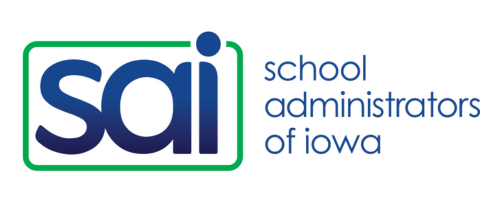The Productive Intersection of Student Behavior, Discipline, and Restorative Practices
Are post-pandemic student behaviors taking your time away from your priorities? Restorative Practices coupled with a common-sense approach to discipline lead to learning and behavioral changes.
In a recent Educational Leadership article, Principal Dominque Smith explains that though student behaviors have been impacted by the pandemic experience, so has the experience of staff. What worked pre-pandemic does not have the same impact; we may find ourselves still readjusting to a socialized world after having spent time in varying degrees of isolation. Neither students nor teachers are as practiced in the art of dialogue. Students are questioning teachers more than ever, and teachers may have less patience for the “Why?” and the back and forth it elicits. Accustomed to a more compliant pre-pandemic response, teachers get frustrated, which can escalate student behavior. So, one question Smith encourages all of us to consider is Am I my best self today?
Smith recognizes that while how we show up can be a factor in how a student responds, students can behave in unproductive ways regardless. Consequently, he is an advocate of both a common-sense discipline strategy and restorative practices.
- Restorative practices are vital so that the student learns an appropriate response to a situation, how to move forward when a relationship has been harmed or broken.
- This does not mean abandoning natural consequences or accountability. Detentions and suspensions still apply; however, they don’t happen without restorative practices to ensure reflection on the part of the student and conversations about an effective transition back into the school community.
- Restorative practices are about communication and reflection through which students take responsibility for the impact of their behavior. They discuss different ways to handle the issue moving forward.
- Effective implementation of restorative practices means follow-up check-ins (4-5 week cycles of conversations) with both the student who made a mistake and the person on the receiving end. With the student who misbehaved, the leader follows up to revisit the significance of the impact of the inappropriate behavior and what was learned and to reinforce the understanding and future application of the new strategies. For example, the leader might check in with the student one-week after the incident and note, “It’s been one week. What’s your strategy for the next time you’re triggered like this?” After two weeks, the leaders might remind the student of the impact not only on the harmed person but on the school community and ask how that feels? During the third week, the leader might ask if the student has applied the new strategy and how it went. With the person harmed by the behavior, the leader’s follow up includes asking how they’re doing, what they need, and whether anything else has happened.
- Restorative practice “gives voice to those who have no voice.”
Smith reminds readers to keep perspective with regard to student behavior. Typically, it’s one to two students who may be behaving in unacceptable ways, so avoid saying “this class is terrible.” Reframe in a way that honors and promotes the community you want to have: This class is... , and we need to shift the experience of these two students.
Read the full article here.
For a local example of effective implementation of restorative practices, check out the It’s been SAId podcast where your host Dr. Lisa Remy interviews Prairie City Monroe High School Principal Kristen Souza and her instructional coach, Sam Pohl, about their success with restorative practices.
